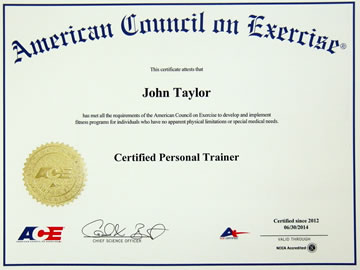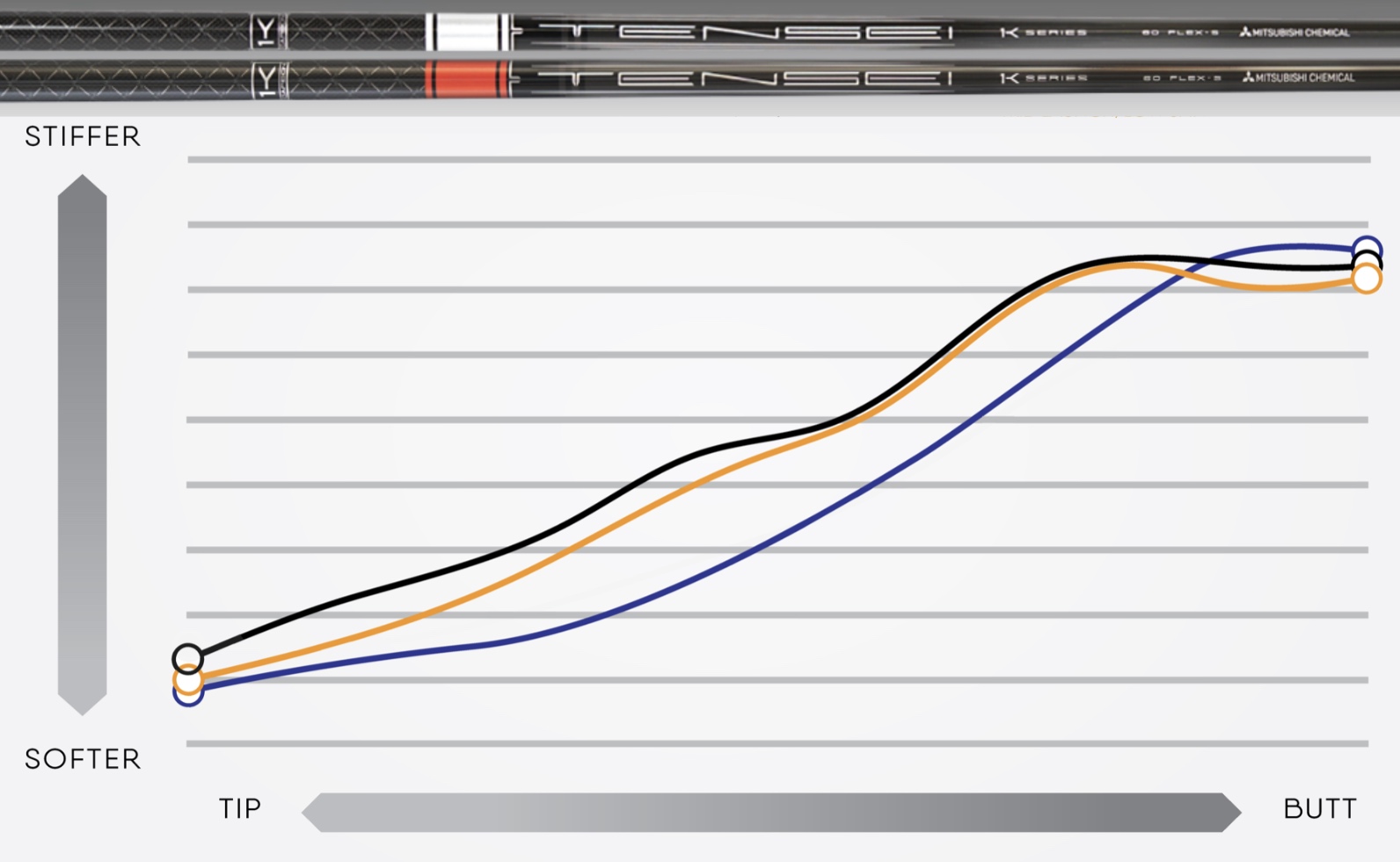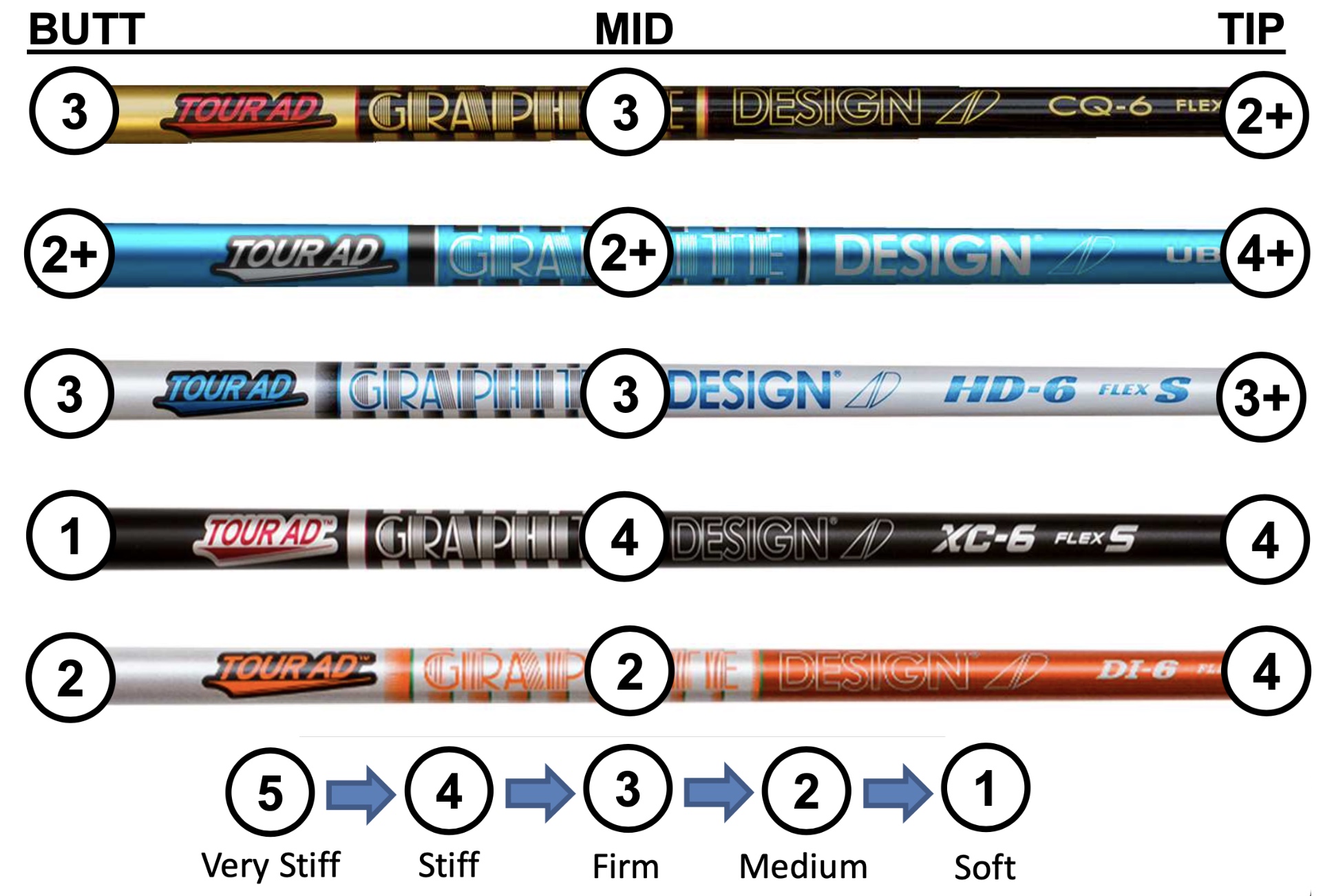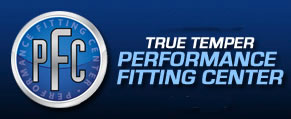Tip Trim Driver Shafts?
We ask the question because this old practice remains alive in the modern era of carefully engineered shafts where high performance models come with specific recommendations to avoid trimming the tip. Advanced shaft design, wall materials, and construction methods have changed in the past few years. Traditional thinking about tip trimming to increase stiffness should also change for most fitting strategies.
Modern graphite shafts are manufactured by wrapping flags of resin-impregnated carbon fiber sheets and/or winding graphite filaments around around a mandrel. The shape of the mandrel is tapered from tip to butt, and changes in taper shape can affect flex in a non-linear relationship. Small graphite flags and strands of exotic fibers can be incorporated anywhere along the shaft length for additional modulation of flex.
Tip sections in modern premium shafts are often stabilized or stiffened with metal fibers incorporated into the graphite layers. The shaft engineer can choose from different metal alloys, fiber lengths, and placement. If you trim part of the tip then insert the shaft into a deep hosel with a short bore-to-ground distance then you could have an effect you may not like. What seemed like a good idea 15 - 20 years ago might be a bad idea today.
Typically, the tip section of a modern high-performance driver shaft has a short tip segment of as little as 3 inches with parallel shaft walls to allow insertion into the driver head hosel. The hosel insertion segment is followed by non-linear changes in wall diameter to achieve a particular engineering design goal. To protect advanced flex designs, hosel insertion depth limits, e.g., 2 inches, may also be specified for a 3-inch parallel tip section.
The effects of these design factors on shaft flex and torque are illustrated in the EI stiffness profiles on our home page. Trimming an inch from the tip can can have unpredictable non-linear effects on flex distribution elsewhere along the length of the shaft and may subtly degrade driver performance by altering swing energy loading in the downswing. We have seen costly premium shafts rendered unplayable by aggressive tip trimming.
It's a common mistake to think that tip trimming only affects the stiffness of the tip region. Depending on how the shaft engineering was designed, trimming effects may be reflected along an extended length of the shaft. We sacrificed a few good shafts to learn firsthand what can happen. The effects were not pretty. But they consistent with our shaft deflection profiling.
Is tip trimming a driver shaft ever a good idea? Yes, it's an option designed into the shaft for use in fairway woods, but seldom is more than one inch recommended. But when used in a driver, tip trimming can change the response of the shaft depending on the stiffness profile. Also, hosel depth in the clubhead is important.
It's tempting to resort to tip trimming when you just want to firm up the fell somewhat, but be careful if you want to modify the design goals of the shaft engineer. Explore the options before possibly diminishing the performance of a costly shaft.
Our general advice to amateur players is to be careful in tip trimming modern aftermarket driver shafts. If you are custom upgrading your driver with a new aftermarket shaft, do not have the tip trimmed unless the manufacturer has designed that option into the product. If a stiff flex is not giving you the desired control or feel, then an extra-stiff version of the same shaft or different design may be a better option.





























 John Taylor
John Taylor
Reader Comments